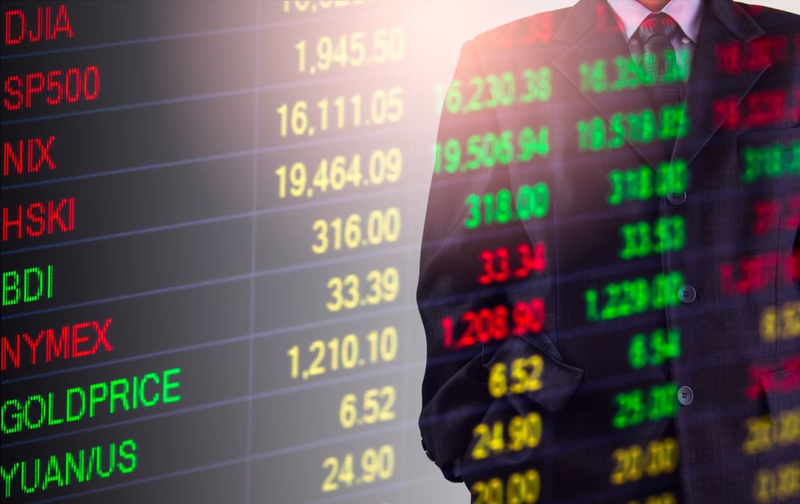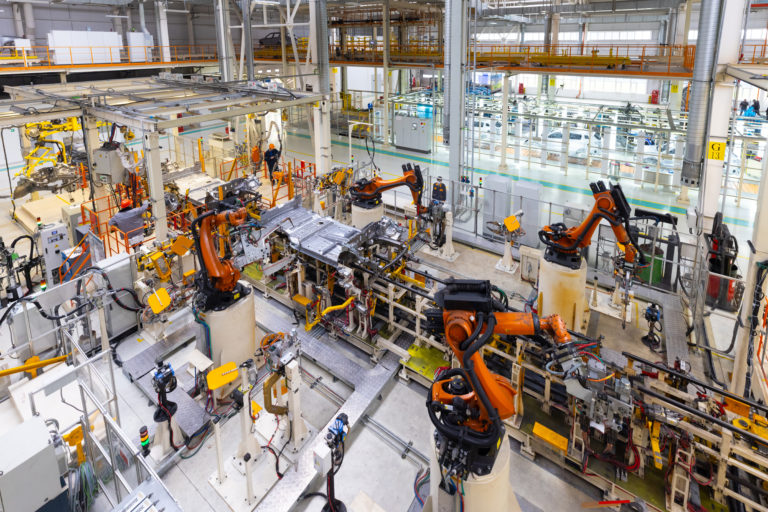US Treasury Yields Skyrocket to 16-Year High Amid Interest Rate Fears
On Monday, the yield on the average US government bond hit its highest level since 2007. This was because investors were worried about the future of interest rates before this week’s big Federal Reserve meeting.
As investors increased their bets that rates would stay high for longer, the yield on the 10-year benchmark bond rose as much as 0.1 percentage points to 4.35 percent, its highest level in 16 years. When prices go down, bond rates go up.
The US economy has been doing well this summer, which makes it less likely that the Fed will start cutting rates soon.
The main index, the S&P 500, was flat, giving up the gains it had made in the first hour of trading. Last week, there was a sharp drop in the score. The Nasdaq Composite went up by 0.5% because tech stocks like Nvidia, which will report earnings this week, went up.
Investors are now looking forward to the Fed’s meeting in Jackson Hole, Wyoming, later this week, where they think officials will give hints about their future plans.
“The financial markets have been going downhill, and investors are once again worried about the Fed’s outlook, which still leaves the door open for a future that is even worse for investors,” said Joel Kruger, a market analyst at LMAX Group.
“There is also a lot of worry about the future of China,” he said. “All of this makes for a stomach-turning background that market participants have to deal with.”
European stocks made small gains, with the Stoxx 600 going up by 0.1%, the Cac 40 in France going up by 0.5%, and the Dax in Germany going up by 0.2%.
After Saudi Arabia and Russia cut exports, crude oil prices went up, and Opec+ figures showed that the world supply of oil was starting to get tighter. This made energy stocks the best performers in Europe.
Brent oil, which is used as a worldwide standard, went up 0.2% to $84.94 per barrel, while US West Texas Intermediate went up 0.5% to $81.67 per barrel.
China’s already slowing economy took another hit on Monday when the country’s central bank made a policy decision that was different from what the market was expecting.
The People’s Bank of China dropped the prime rate for one-year loans, which banks use as a guide, by 10 basis points to 3.45%. However, the similar rate for five-year loans stayed the same at 4.2%.
Economists polled by Bloomberg all thought that the one-year and five-year rates would go down by 15 basis points. This was the latest policy choice that did not meet predictions.
China’s main index, the CSI 300, fell 1.4% and hit its lowest level since November. In Hong Kong, the Hang Seng fell 1.8%.
Investors are worried about China’s economy, which has been struggling to get back on its feet since the start of the year, when it reopened after a long period of strict pandemic lockdowns. They want the government to do more to help.
Researchers from UBS Investment Bank have cut their predictions for the country’s economic growth in 2023 from 5.2% to 4.8%. They say this is because of a slowdown in China’s housing market, a drop in global demand, and weak government support measures.
Tao Wang, head China economist at UBS Investment Research, said, “The government’s policy support may have been less than what was said earlier in the year and less than what we expected.”
Recent data shows that the world’s second-largest economy is falling into deflation, exports are going down, and young unemployment is going up. Because of this, the government has decided to stop releasing this figure.
Also Read:







